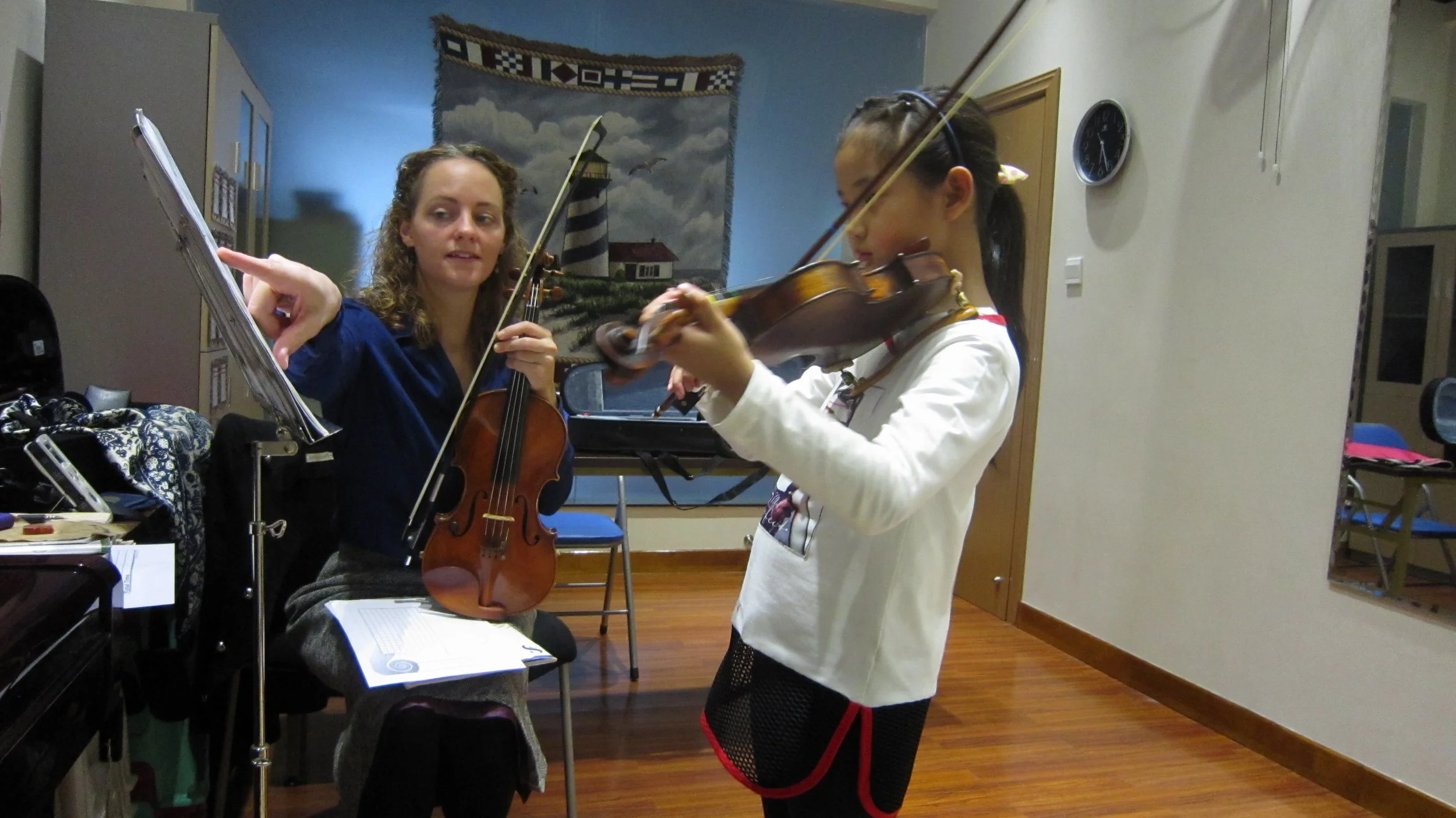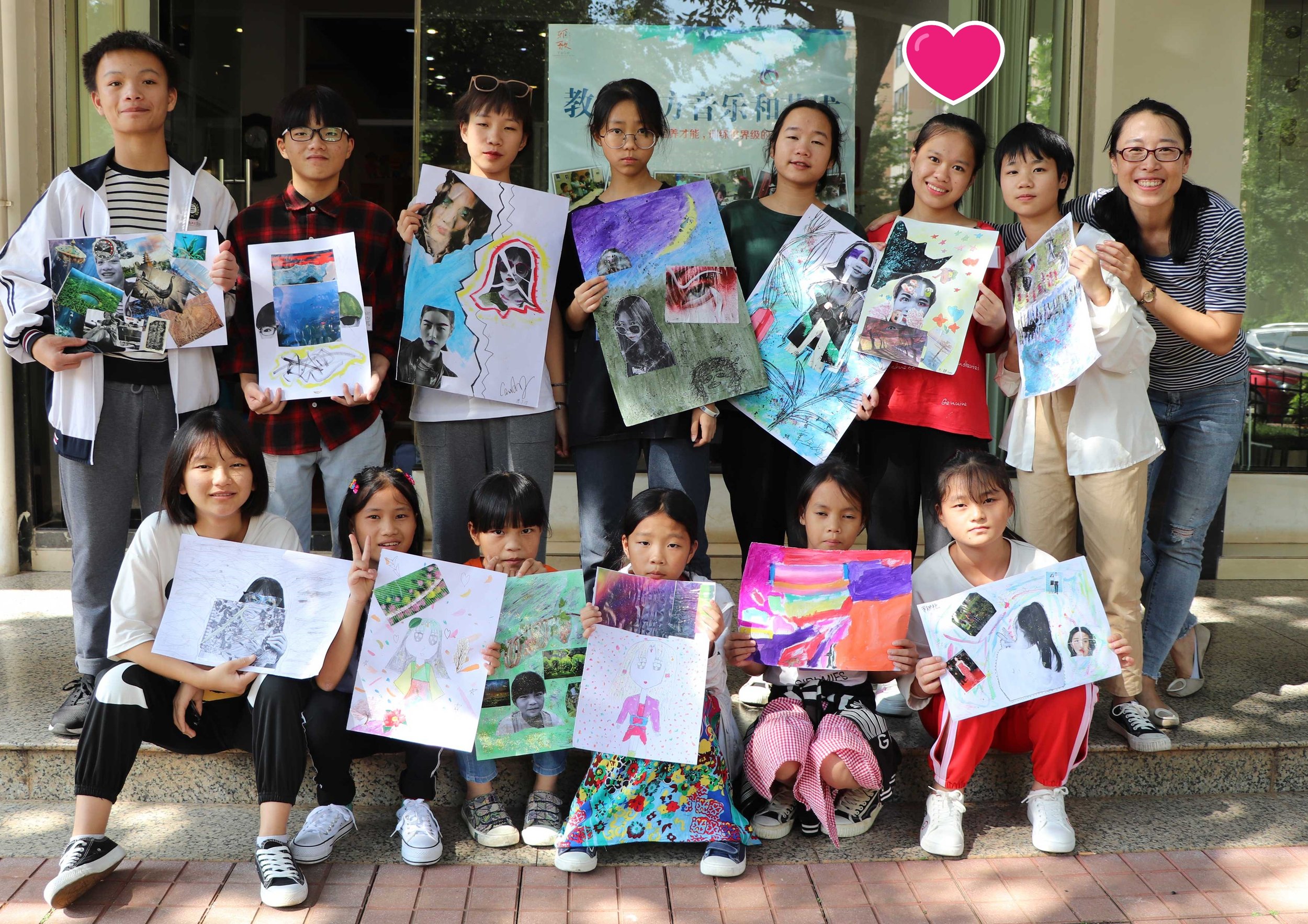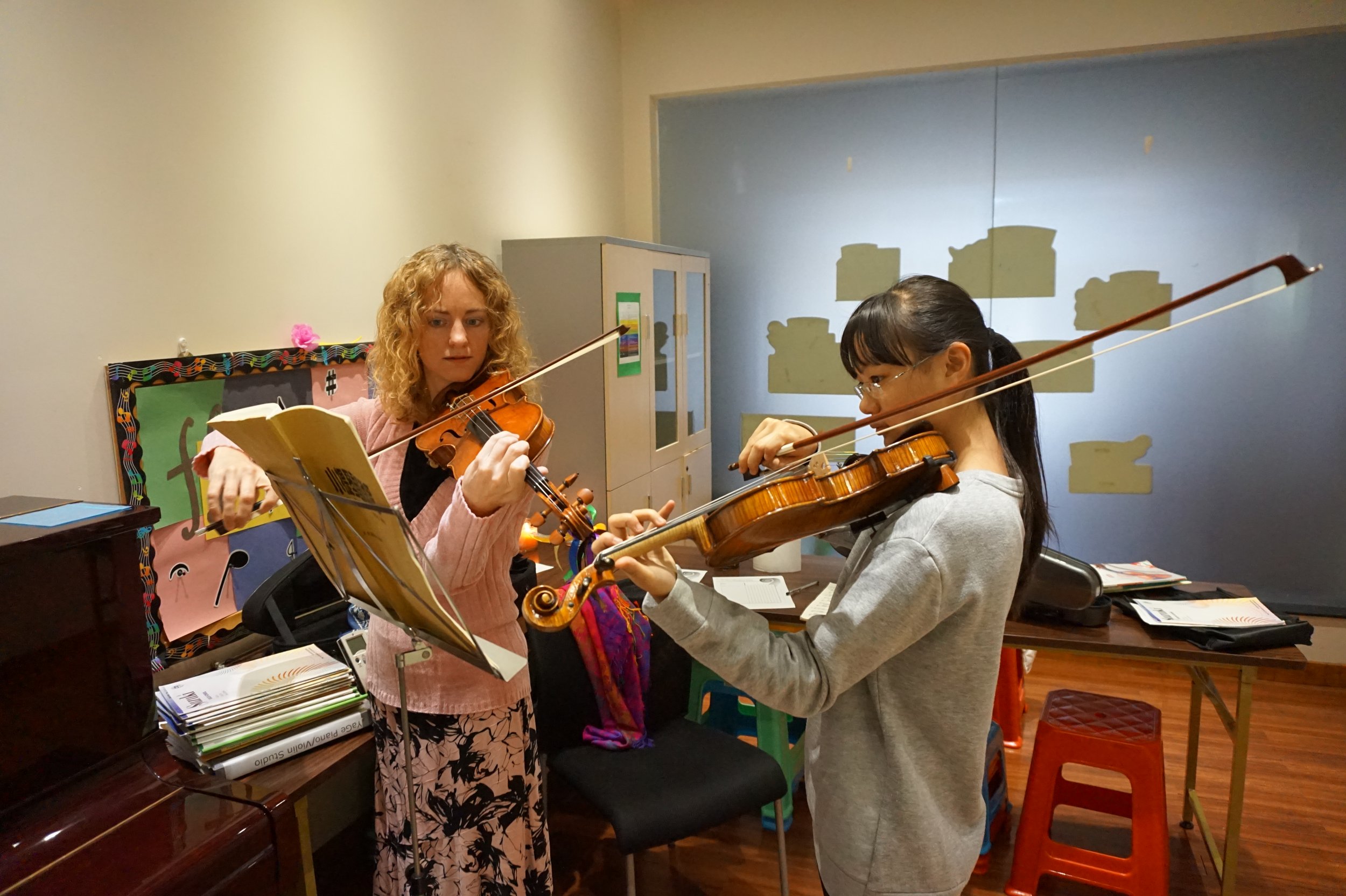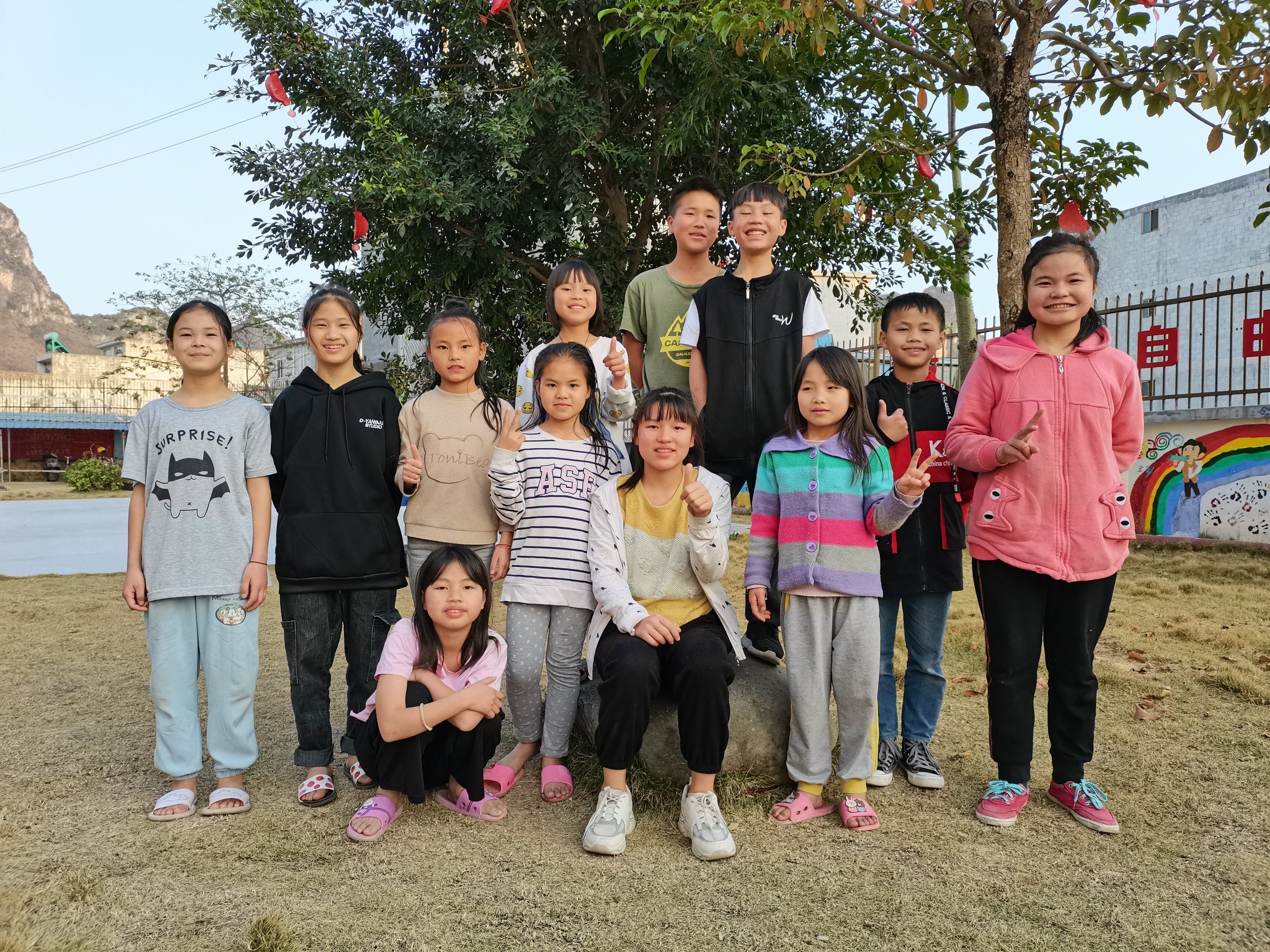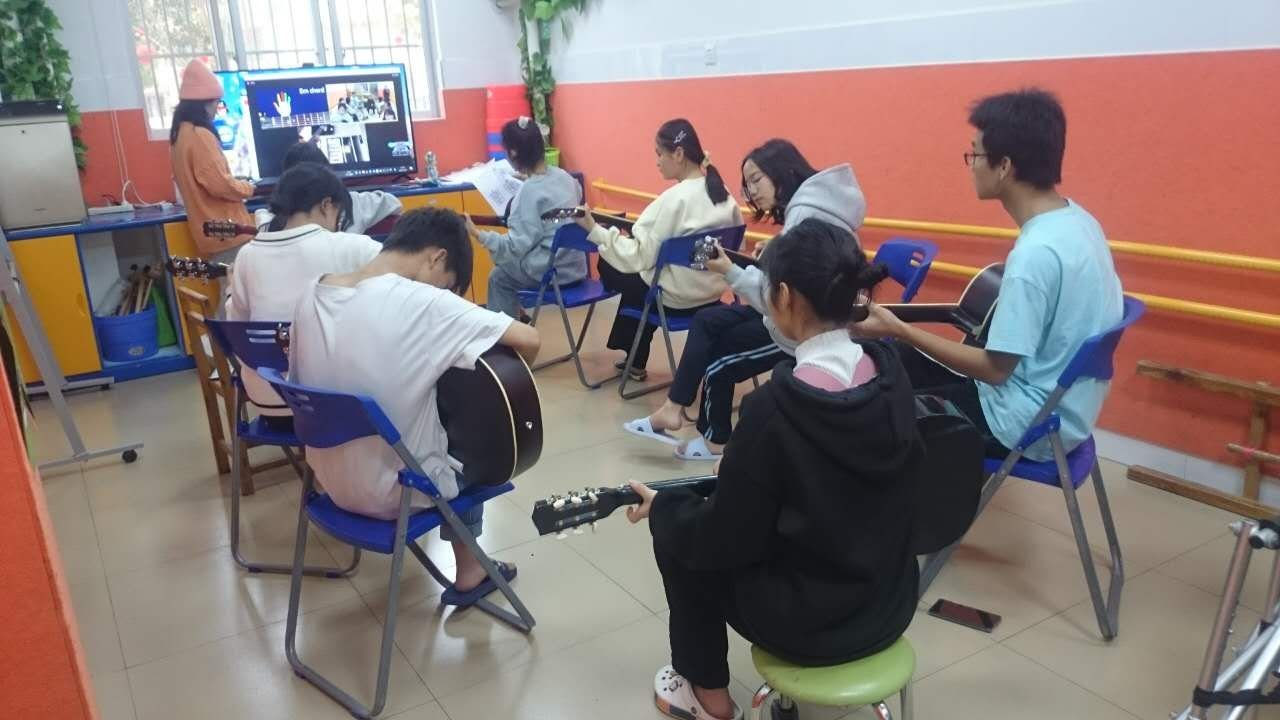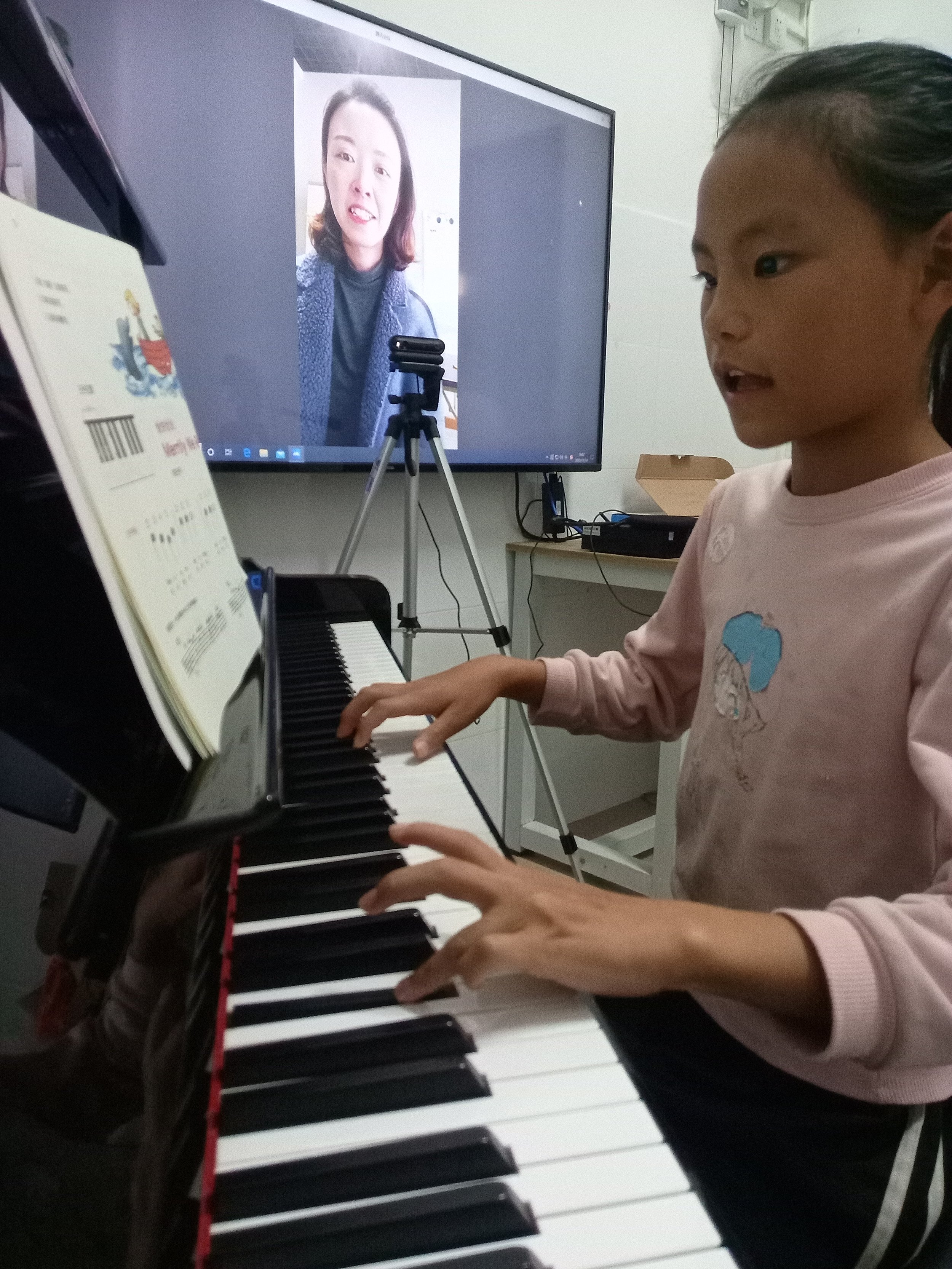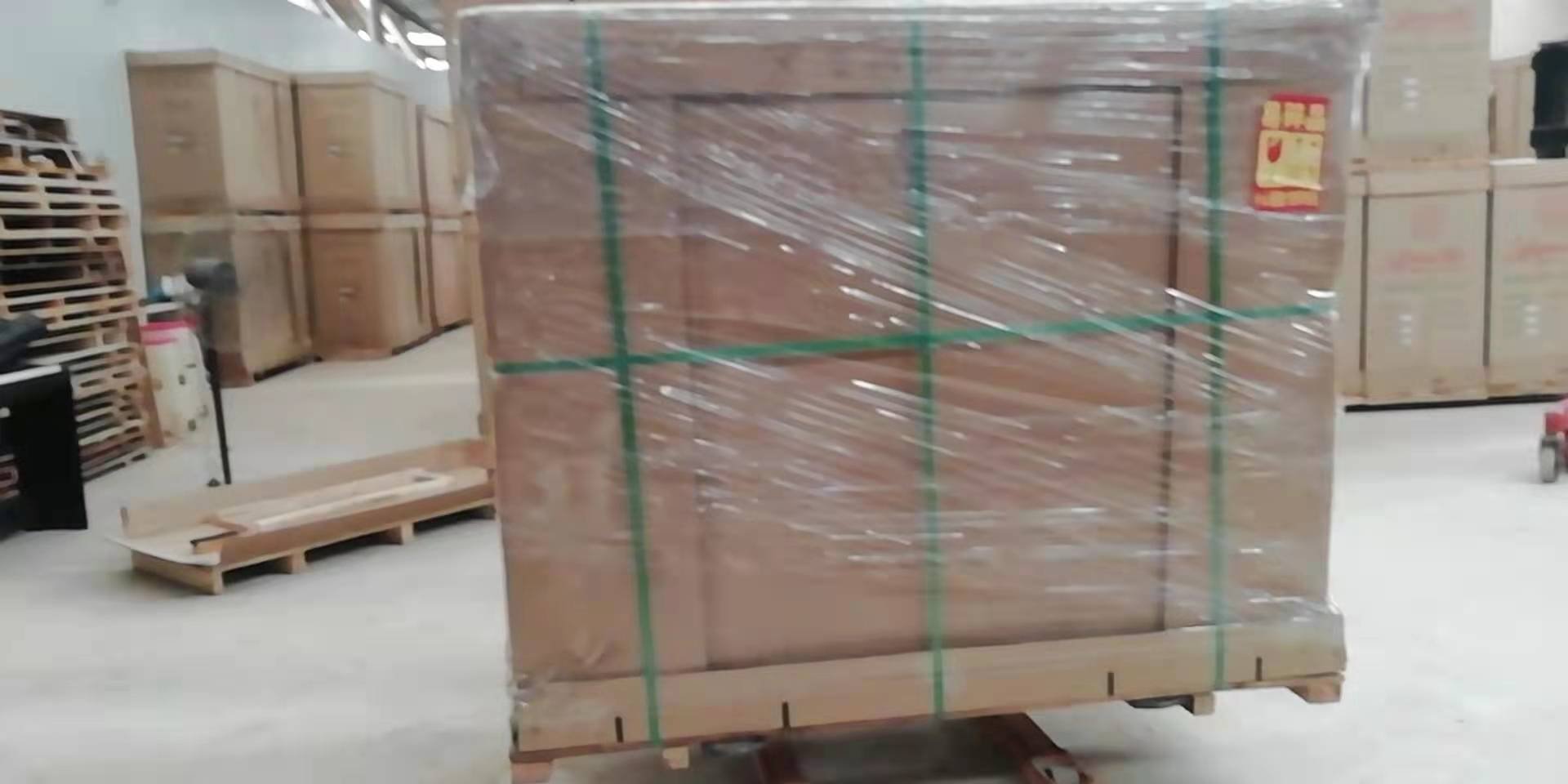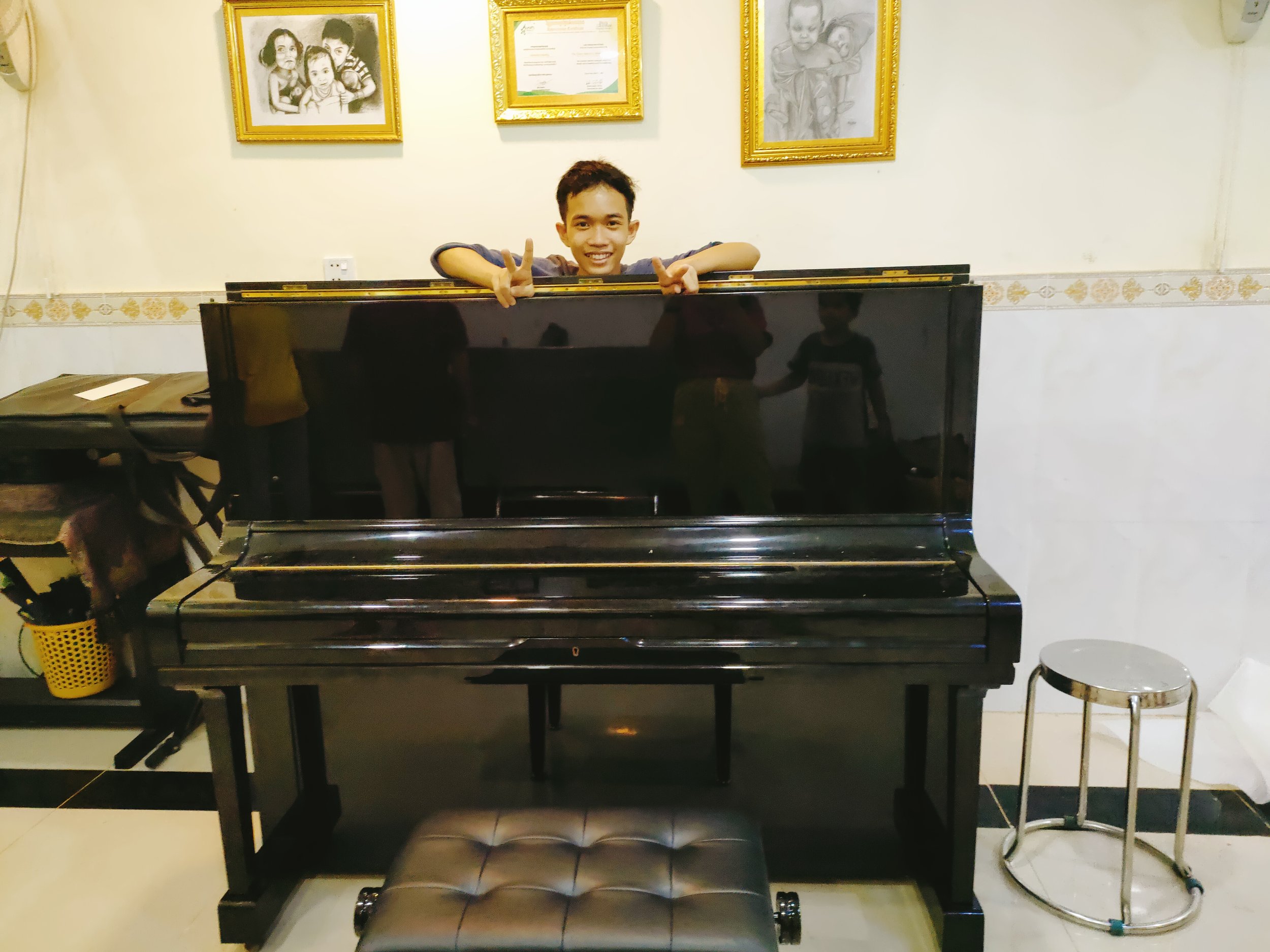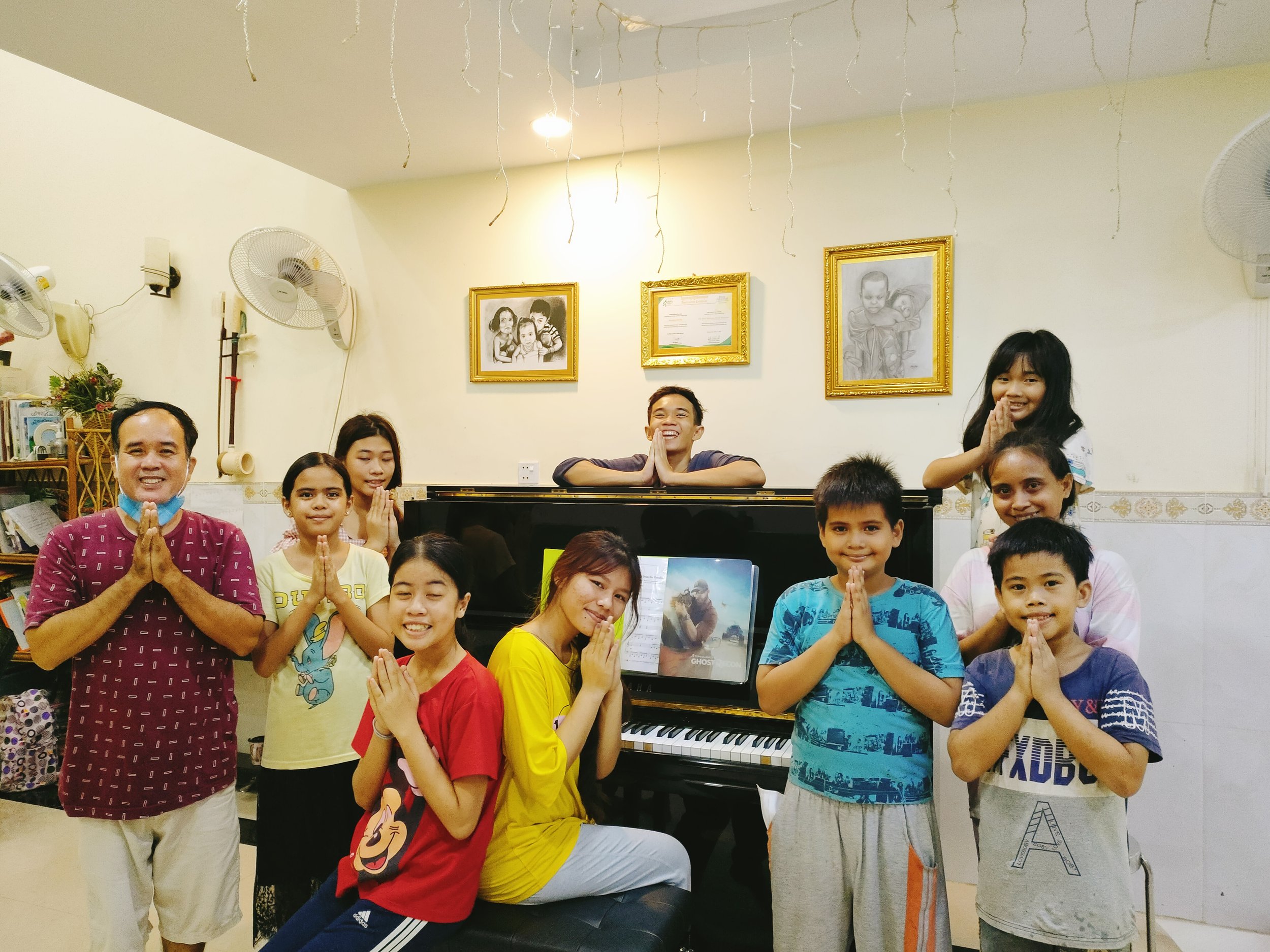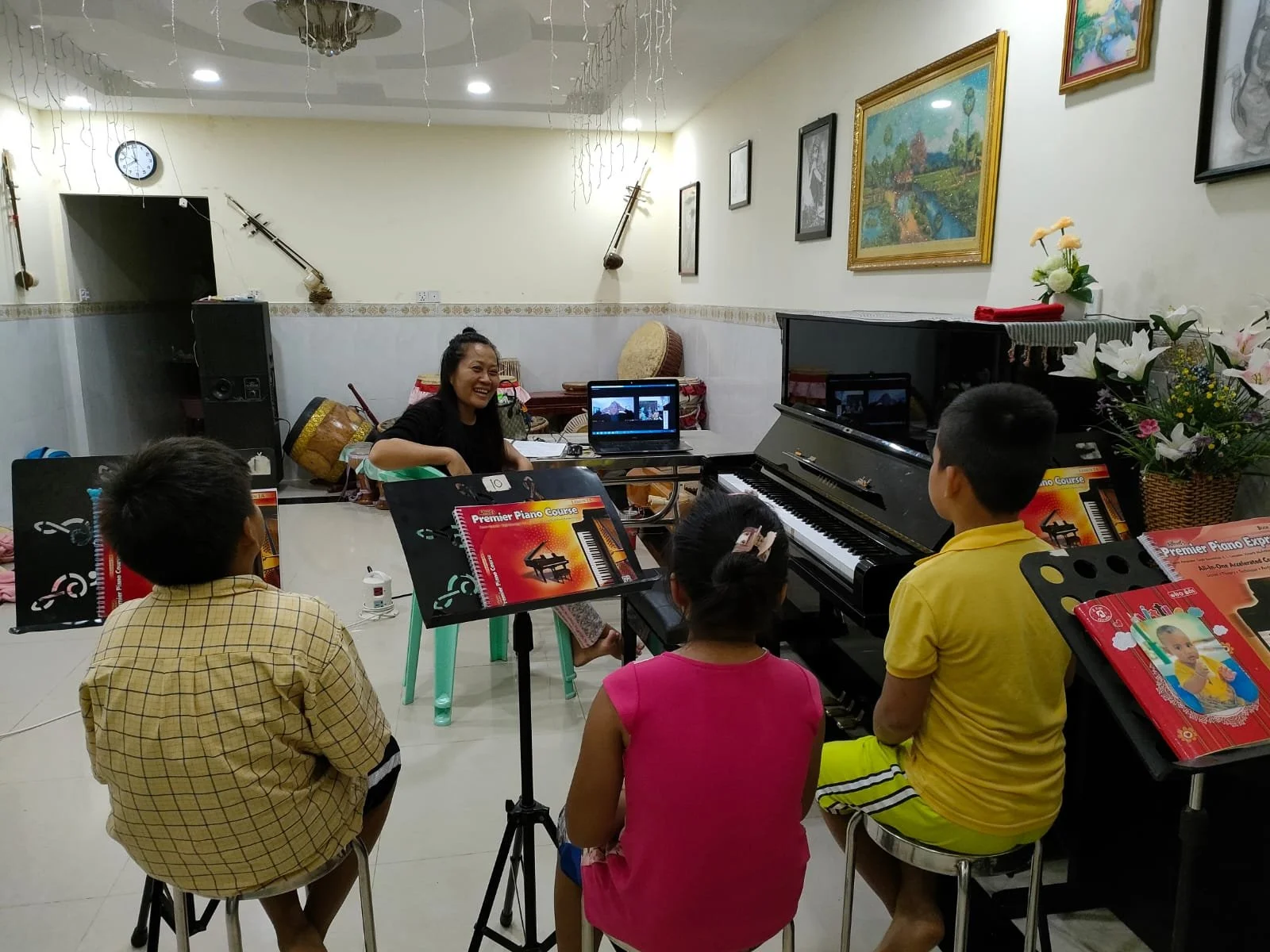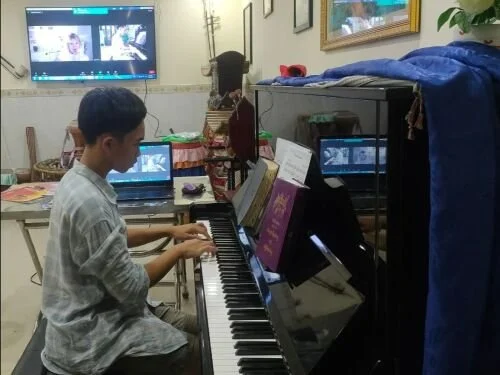
Our Story
Our story begins with YaGe Community Arts Center, founded in 2007 and located in the heart of Yunnan, China. Translated “beautiful, graceful song” YaGe became well known in our community for offering high-quality music education and fostering a genuine love for music. Over the next 14 years, over 1,000 students joined our community of musicians, studying western classical music. One Chinese parent explains, “YaGe is more than a school; she is a culture where students form a special community together.”
In 2017, our team launched the Music in the Mountains project, providing this same curriculum to orphaned youth living in a neighboring province. As our music teachers taught virtual and in-person music lessons to these courageous youth, we witnessed firsthand the powerful impact on their well-being.
As a result, we decided to expand beyond China’s borders into the neighboring countries of the Greater Mekong Subregion. Despite a global pandemic, in the Fall of 2021, we crated up our best acoustic Yamaha piano onto a truck, eventually a train, and a boat. It travelled from YaGe into the praying hands of children living at K.I.A.A. (Khmer Inheritance Artist Association), a foster home in Phnom Penh, Cambodia. They were praying for six years for a REAL piano.
Today as we work with several care centers of the G.M.S., we see firsthand music’s transformative power as we support our students in their journey to resilience.
Gonsalves, M. (2010). Music therapy and peaceful hearts for girls at war. In E. Ndura-Ouedraogo, M. Meyer, & J. Atiri (Eds.), Seeds Taking Root: Pan-African Peace Action for the Twenty-First Century (pp. 87–119).


